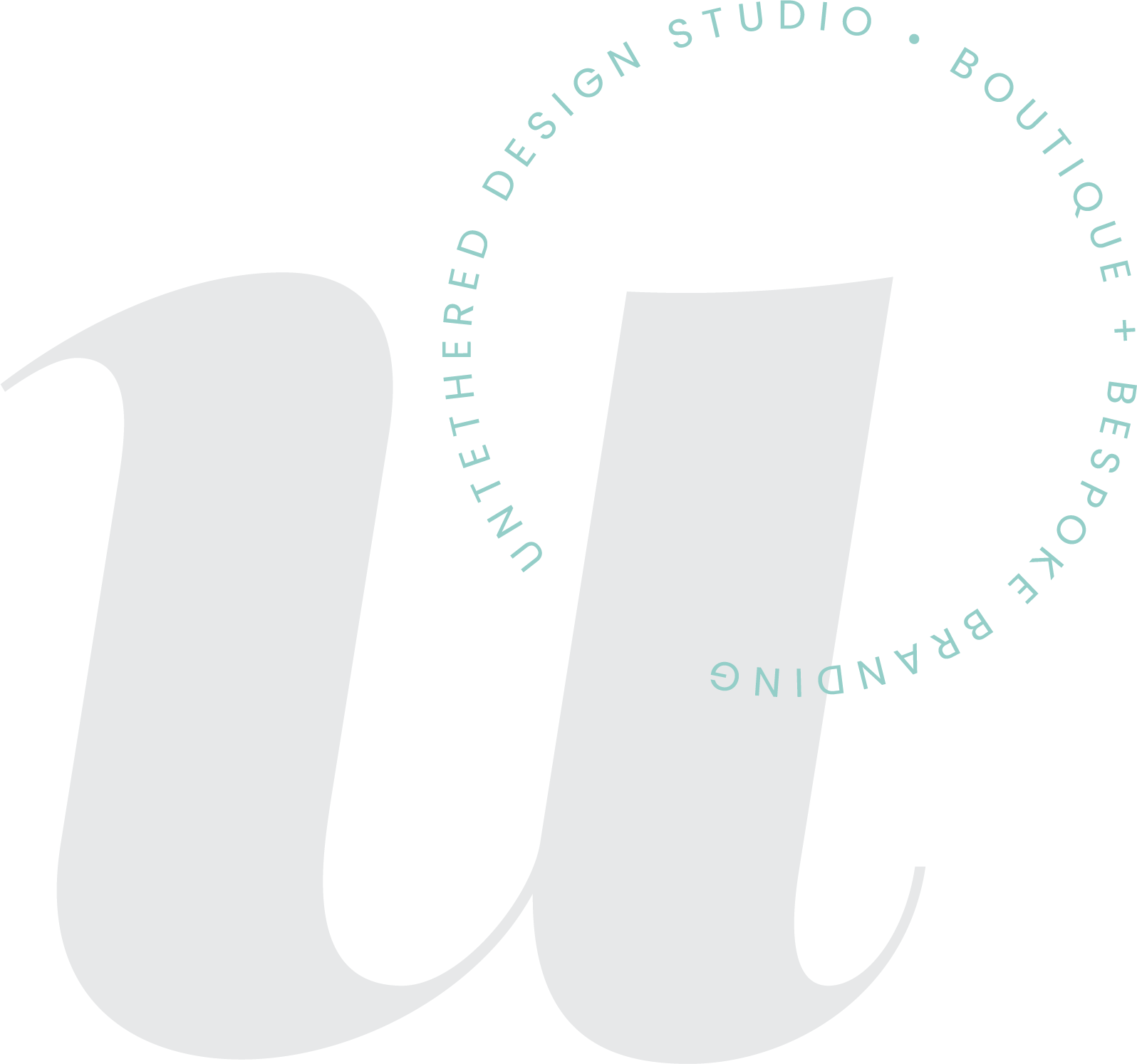Why You Should Have Alternate Logos
When you have a beautiful visual brand identity established and a logo to support it that you absolutely love, you want to show it off to the world, right? And use it as much and as often as possible? Of course!
Using your logo + other brand assets consistently establishes you as a trusted professional. Your brand will become very recognizable, memorable, legitimate and approachable. Your followers will not only know it, they will faithfully like it and follow it. They will come to know your colors, typography, photography and more, but they will immediately and always know your logo at first glance.
However, what do you do when you need to use your awesome logo in a teensy, tiny space? (Think: circle-sized profile photos, square-shaped social spaces, restricted advertising dimensions, being seen up close or far away, etc.) In situations like these, no matter how great your logo looks, you will need some flexibility and freedom to use other variations of it that still complement your overall identity (with the same look and feel) and most importantly, continue to establish its consistency.
So, while a primary logo might be the most important version to have in your collection, it won’t hurt to also create secondary/supporting/”smaller” logos to help along the way, so that followers and potential clients/customers will always know that it’s your brand — no matter the platform or size.
Below is a quick breakdown of each logo type and why they serve specific purposes:
Primary — the “standard” logo
Just that, the “official” or main logo, used “95%” of the time.
Can be used for print and digital applications.
May also include additional text, like a tagline, but doesn’t have to.
Example: think of “McDonald’s” text within the golden arch design — the logo that you always see.
Secondary — the “supporting” logo
This can be used when the primary logo just doesn’t work as well or fit within a specific, smaller space.
May still include text, like the business name or part of it.
Can be used within digital + social applications, but can also be used for some print.
Example: think of the golden arch graphic with the tagline “i’m lovin’ it” underneath. It doesn’t say the name, but you still know that it’s representing the McDonald’s brand.
Icon -— the “smallest” logo
The most simplified logo version — is really more of a “mark” than an actual “logo.”
Minimal or no text at all.
Also referred to as a “sub-mark.”
Might be used for social media profile images or as browser favicons.
Someone should be able to see this icon and still know what brand it’s connected to.
Example: think of only the golden arch. Just a simple shape or graphic, with no other text.


